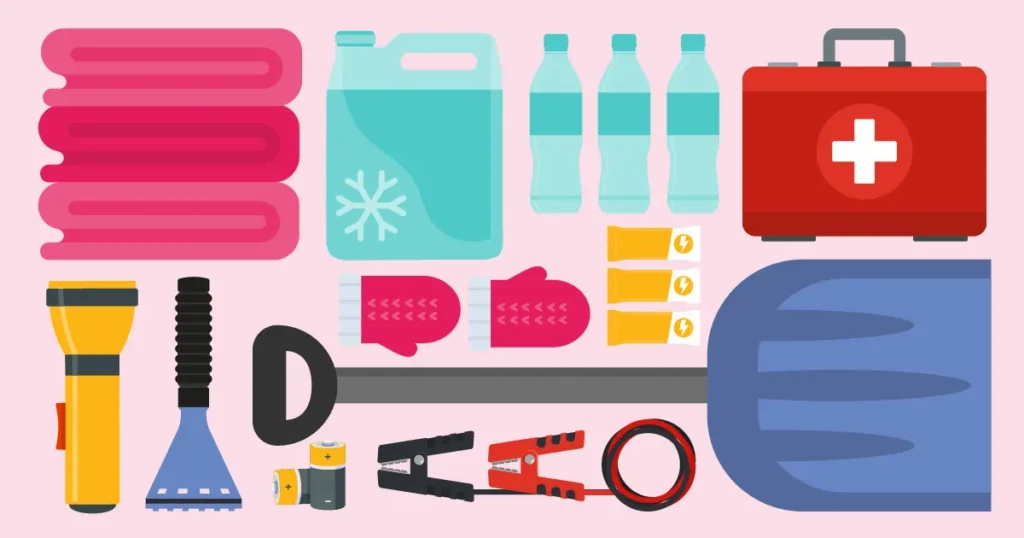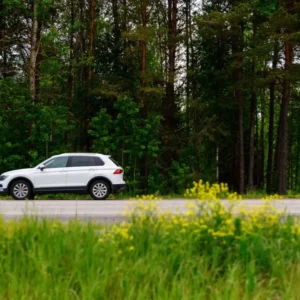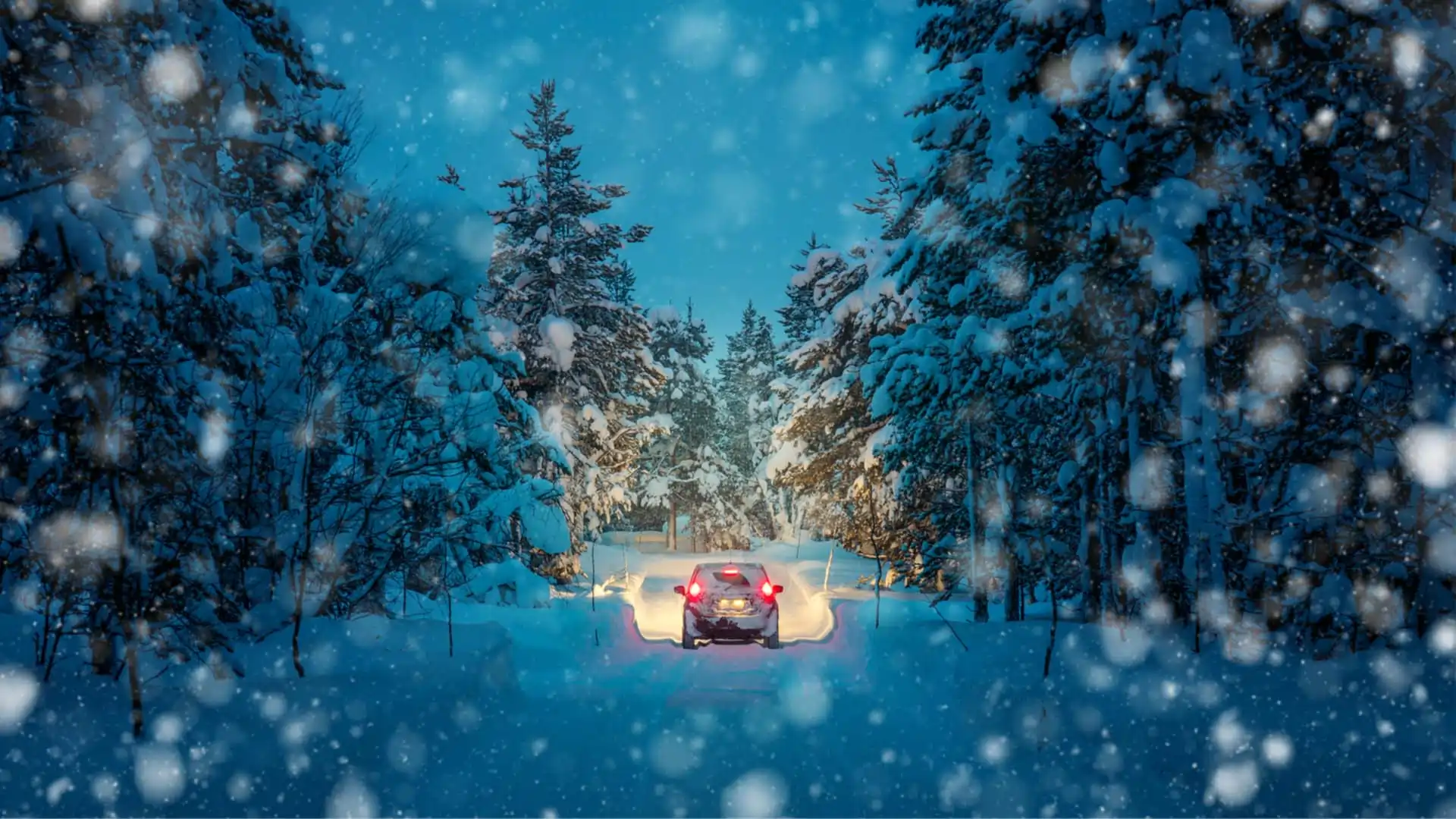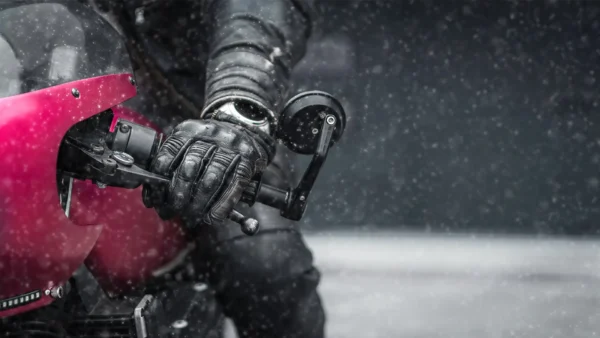Road conditions are dangerous as winter’s icy claws grips Ontario. It’s no surprise many drivers seem to lose their winter driving instincts when faced with snow-covered streets.
According to the Workers’ Safety & Compensation Commission (WSCC), nearly 30% of all car accidents in Canada occur on snowy or icy roads. That’s more than 50,000 crashes each year attributed to winter precipitation. Having an Accident Waiver can help protect your driving record and safeguard your insurance premiums from skyrocketing even after the most unexpected winter accidents. Here’s all you need to know about winter driving, plus the importance of purchasing an Accident Waiver.
Why is winter driving so dangerous?
Before we delve into the why and what of Accident Waivers, let’s talk about winter driving.
Snow and ice create slippery road conditions that increase stopping distances, while reduced daylight and frequent snow squalls can make it harder to see clearly. Braking, accelerating, and even changing lanes are all different in the winter than they are in other seasons.
Cold temperatures may also impact vehicle performance, especially for older cars. These risks make preparation and caution essential for winter driving.
Other drivers, especially those who may be inexperienced with driving in poor conditions, can also make icy roads even more hazardous. This tends to be more of an issue after the first snowfall of the season.
Mitch’s winter driving tips
While winter driving can be dangerous, you still need to get to work, school, and complete whatever daily errands you may have. An Accident Waiver can protect your premium from rising, preserve discounts, and maintain your driving record, but you should still do your part to prevent accidents.
You need to be extra mindful of your driving this time of year. Here are our top tips for operating your car safely in the wintertime:
Before you get in the car

Preparing to drive in the winter happens even before you get in your vehicle. Here are some things to remember:
- Dress appropriately for the weather. If your car breaks down or you get into an accident, you might have to spend some time outside. You don’t want to be stuck in a blizzard wearing shorts and sandals.
- Make sure you’re alert and well rested. Fatigue can be just as bad as driving under the influence, especially when coupled with bad weather.
- Check the weather. If you’re not comfortable driving in a blizzard, knowing the forecast can help you decide whether it’s safe to go out right now.
- Pack your car with an emergency kit, including a shovel, blankets, a flashlight, first-aid kit, etc., just in case you get stuck somewhere.
- Ensure you’ve switched your car’s summer tires to winter ones.
- Clear all the snow and ice from your car, especially the windows, lights, windshield, and rear windshield. Also remove the snow from your roof, as it could slide down and obscure your vision as you drive.
When you’re driving
Once you’ve started to drive, keep these tips in mind:
- Always wear your seatbelt, and make sure your passengers do, too.
- Be cautious when changing lanes as there may be a buildup of snow and slush between them.
- Leave more distance than normal between yourself and the vehicle in front of you. Brake earlier and avoid sudden stops.
- Match your speed to road and weather conditions.
- If you start skidding, avoid forceful braking or jerking the wheel. Let off the gas and steer to where you want to go. If you are approaching a stopped vehicle, try to move into an open lane once it is safe and clear to do so.
- Don’t rely solely on driver assistance technologies as they may not work as well in severe weather. They’re helpful, but don’t forget to do the basics: shoulder checking, looking behind you as you reverse, checking your mirrors, and so on.
Why get an Accident Waiver?
An Accident Waiver is an optional endorsement you can purchase that, when added to your auto policy, essentially writes off your first at-fault accident as if it never happened.
Let’s see just how much at-fault accidents will increase your premiums. Take our driver, Sam. Sam doesn’t have an Accident Waiver.
Sam is 30 years old, living in Burlington, Ontario, and drives a 2019 Volkswagen Beetle. Let’s quote Sam as having a clean record, and then quote him again with one at-fault accident, two at-fault accidents, and then three at-fault accidents to see how his premiums are impacted:
| Company | Sam (Clean) | Sam (1 accident) | Sam (2 accidents) | Sam (3 accidents) |
| Aviva | $1,305 | $2,437 | $2,712 | $3,030 |
| CAA | $1,950 | $4,401 | $4,942 | $5,555 |
| Economical | $1,840 | $2,997 | *n/a | *n/a |
| Intact | $1,918 | $3,706 | *n/a | *n/a |
| Wawanesa | $1,624 | $3,259 | $4,166 | $5,001 |
| Average | $1,727 | $3,360 | $3,940 | $4,528 |
*Companies with N/A wouldn’t quote for the driver after a certain level of risk.
Our driver’s premiums increased 94% on average after just one at-fault accident. His average premium was up 162% from his clean record premium after three at-fault accidents, and many traditional insurers wouldn’t cover him. With an Accident Waiver, his first accident wouldn’t increase his insurance premiums and save him from a staggering increase in costs.
A Tire Rack tire test revealed that one panic stop at 50km/h on a snow-packed road has a near 10-meter-difference when compared to normal conditions. Winter can make driving much riskier, and as good a driver as you are, you never know what could happen. It just takes one mistake! An Accident Waiver can provide you with the peace of mind you need.
How auto insurance responds to accidents during the winter
While an Accident Waiver can protect you from your rates going up for an at-fault accident, it won’t cover you for damages or any medical bills resulting from an accident you caused.
Your auto insurance can protect you against accidents that take place in the winter. How it responds is dependent on the type of coverage you have.
Accidents involving other vehicles are handled the same as any other time of year. If you have collision and comprehensive coverage you’ll be covered even for at-fault damages. They may also come into play if winter conditions contributed to the accident that you were in.
An accident may be considered at-fault even if you hit another driver after slipping on ice. This would fall under your collision coverage, if you have it. Even though the ice might have “caused” the accident, you’re responsible because it’s your obligation to account for weather conditions.
If another driver struck you and you were deemed not-at-fault, your direct compensation-property damage (DC-PD) coverage would pay for repairs and a rental car while yours is being fixed. Again, even if ice, slush, or poor visibility were a factor in why you were hit, the other driver wouldn’t be assigned any less fault. All drivers are expected to exercise caution when driving conditions aren’t ideal.
Snow and ice damage to your car
If your vehicle is damaged by snow or ice while parked, your insurance can help if you have optional comprehensive coverage. Comprehensive coverage insures your vehicle for repairs following non-collision damages, such as if a tree branch weighted down by snow snapped and fell onto your car. You would be covered for the cost of repairs, minus your deductible.
Get insured with Mitch
We hope you stay safe this winter season! Claim occurrences increase after winter storms, so if you’re involved in a collision we recommend connecting your insurance broker and provider as soon as possible to get the process started. And, if you don’t already have it, we advise discussing the benefits of purchasing an Accident Waiver to protect your premiums from rising.
While winter driving can be unpredictable, it’s reassuring to know you’re prepared. Protect yourself with auto insurance through Mitch and find coverage that fits your needs and budget today.
Looking for car insurance?
Speak with a Mitch Insurance broker today to get a quote on Ontario auto insurance.
Call now
1-800-731-2228







